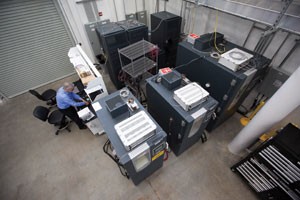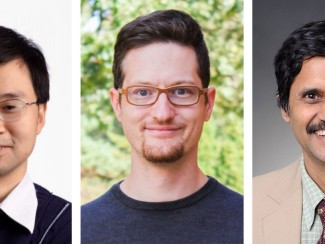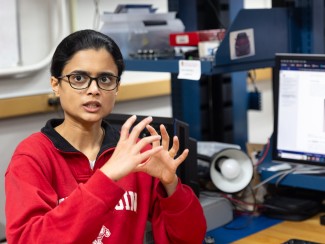
A majority of the world's population now lives in cities, which consume 75 percent of the world's resources and emit most of its greenhouse gases. The United Nations estimates that by 2050, an additional three billion people will move into these dense, resource-intense urban environments.
“Projecting from current trends, you realize that we should have a plan for how this change unfolds,” says Mike Corradini, director of the Wisconsin Energy Institute and professor of engineering physics.
As urban growth increases stress on global systems, Corradini is among a team of UW-Madison researchers working to develop solutions that contribute to the livability of future cities. When it comes to urban energy – and its ever-increasing consumption – Corradini believes resiliency, reliability and accessibility will be critical factors in ensuring a sustainable supply.





